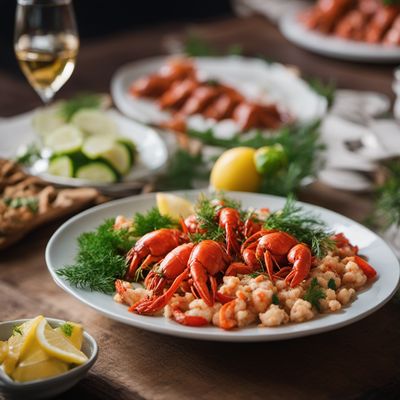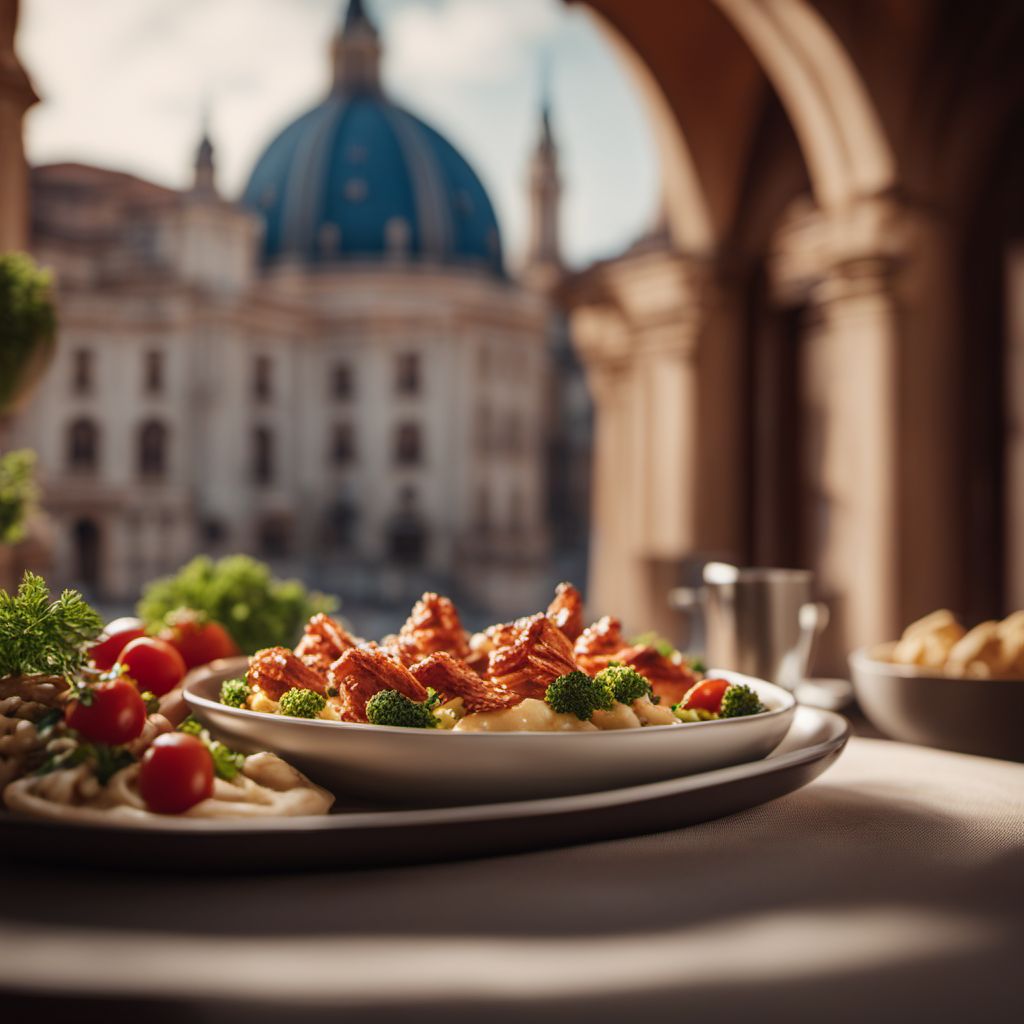
Cuisine
European cuisine
European cuisine is incredibly diverse, with each country and region having its own unique culinary traditions. However, there are some common themes that run throughout European cuisine, such as the use of fresh, seasonal ingredients and a focus on simple, flavorful dishes. European cuisine is also known for its breads, cheeses, and cured meats.
Typical ingredients
Bread, Cheese, Cured meats, Seafood, Poultry, Beef, Pork, Lamb, Vegetables, Herbs, Spices
Presentation and garnishing
European cuisine is often presented in a simple, elegant manner, with an emphasis on the natural beauty of the ingredients. Dishes may be garnished with fresh herbs or served with a side of bread or potatoes.
Europe is home to some of the world's most famous culinary destinations, such as France, Italy, and Spain.
More cuisines from this region...
Western European cuisine, Mediterranean cuisine, German cuisine, Alpine cuisine, Northern European cuisine, Eastern European cuisine
History
The history of European cuisine is long and complex, dating back to ancient times. Over the centuries, European cuisine has been influenced by a variety of factors, including trade, migration, and war. Today, European cuisine is a reflection of the continent's rich cultural heritage and diverse culinary traditions.
Cultural significance
European cuisine is an important part of the continent's cultural heritage. It is a way for people to connect with their roots and preserve their traditions. Many European countries have designated certain dishes or ingredients as part of their national heritage.
Health benefits and considerations
European cuisine is generally considered to be healthy, as it emphasizes fresh ingredients and simple cooking techniques. However, some dishes may be high in fat or sodium.
European cuisine dishes
European cuisine recipes Browse all »

Gollai Åppan - European Style Coconut Curry
Creamy Coconut Curry Delight
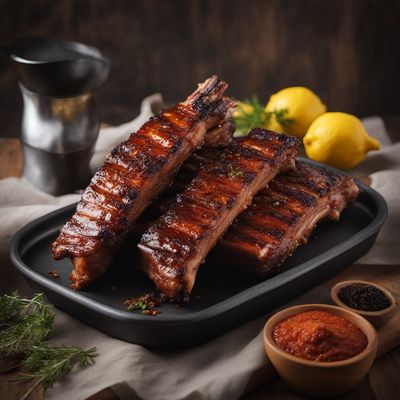
Grilled Pork Ribs with Smoky Paprika Glaze
Sizzling Smoky Pork Ribs: A European Twist on Caribbean Barbecue
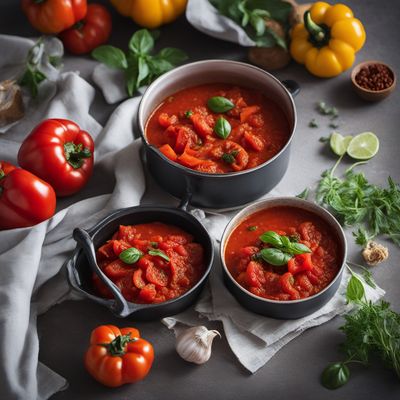
European-style Tomato Stew
Savory Tomato Delight: European Twist on Galayet Bandora
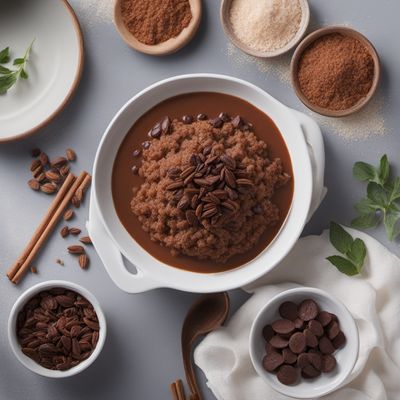
European-style Htamanè
Hearty European Rice Pudding

European-style Rolled Cake
Delicate Layers of European Bliss

Kriibsen with Herb Butter Sauce
Savory Delight: Kriibsen with Fragrant Herb Butter Sauce

Švilpikai - European Style Potato Dumplings
Savory European Potato Dumplings: A Delightful Twist on Švilpikai

Caruso Sauce with a European Twist
Savory European Caruso Sauce: A Fusion of Flavors

European-style Creamy Beef Stew
Velvety Beef Stew: A European Twist on Ecuadorian Guatita

Crispy Chicken with Sweet and Sour Sauce
Golden Crispy Chicken Delight

Scali Bread with a European Twist
European Scali Bread: A Delightful Fusion of Italian-American and European Flavors

European-style Beef Stew with Root Vegetables
Hearty European Beef Stew: A Savory Delight of Tender Meat and Root Vegetables
